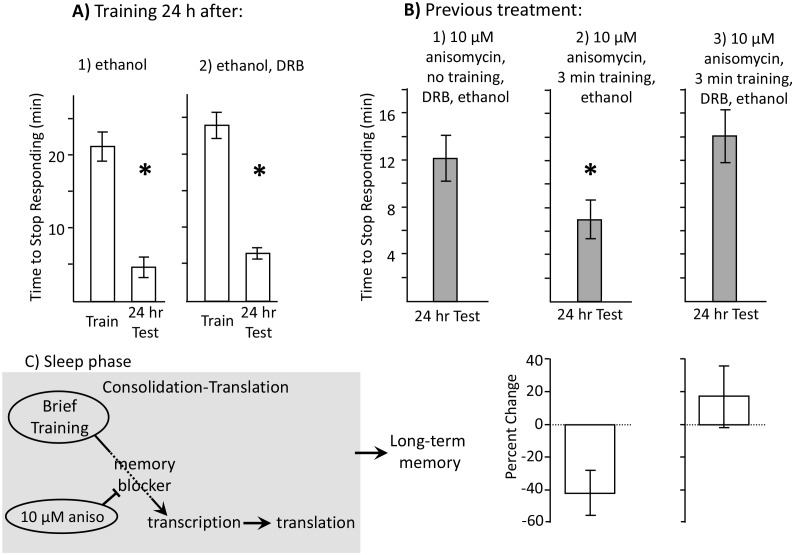Figure 6. Learning during the inactive phase is transcription dependent.
Experiments were on A. californica. (A) Ethanol is benign. Animals were treated with (1) ethanol alone (N = 3), or with (2) DRB dissolved in ethanol (N = 4), and were trained 24 hr later. Memory was then tested after 24 hr (48 hr after ethanol or DRB treatment). Neither treatment affected the ability of animals to learn or remember that food was inedible 24 hr later (For animals tested with ethanol: p=0.009, t = 10.22, df = 2; for animals tested with DRB: p=0.03, t = 3.57, df = 3). (B) DRB blocks memory. (1) Control: Animals were not trained. They were treated with anisomycin and then treated with DRB dissolved in ethanol, and then tested after 24 hr (N = 6). (2) Vehicle: Animals were treated with anisomycin, and then trained for 3 min. After training, the animals were injected with ethanol, with no DRB. Memory was then tested 24 hr later (N = 7). (3) DRB: Animals were treated with anisomycin, and then trained for 3 min, and then injected with DRB dissolved in ethanol. Memory was then tested 24 hr later (N = 8). There were significant differences between the 3 groups tested (p=0.04, F(2,18) = 3.73). For the 2 groups of trained animals, there was a significant difference in the time to stop 24 hr after the training (comparison of 2 and 3 – p=0.027; t = 2.50, df = 13; two-tailed t-test). There was no significant difference between the time to stop in animals treated with DRB, and in control animals that had not been trained (comparison of 1 and 3 p=0.49; t = 0.71, df = 12; two-tailed t-test). Thus, the DRB blocked memory that would have been formed after training with anisomycin. (C) A diagram showing that after the brief training with 10 µM anisomycin, long-term memory depends on transcription and translation, The DRB blocks memory because it blocks transcription, and a 30 µM dose of anisomycin, which has a longer-lasting effect, blocks the transcription-dependent translation.
DOI: http://dx.doi.org/10.7554/eLife.17769.013

